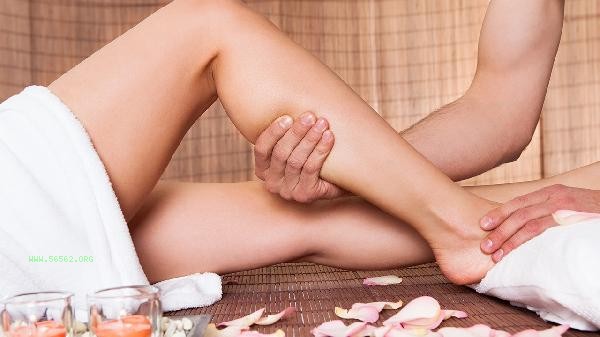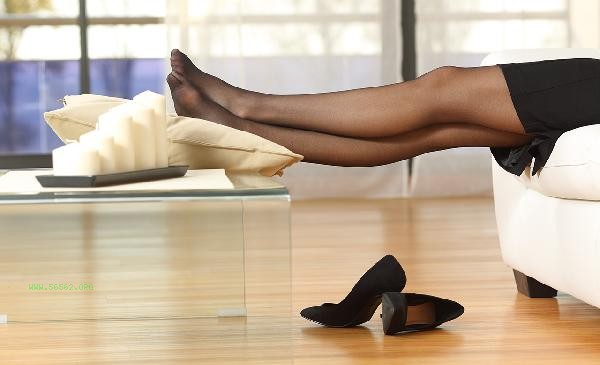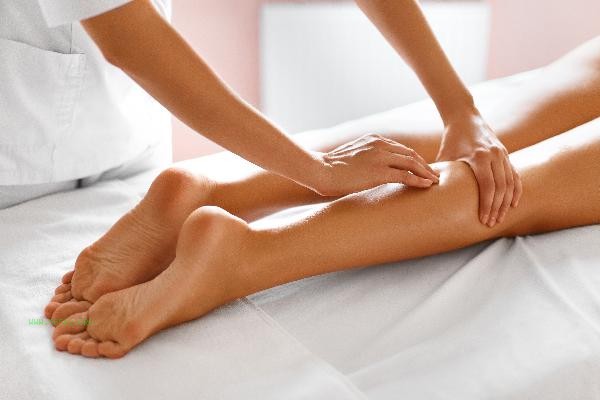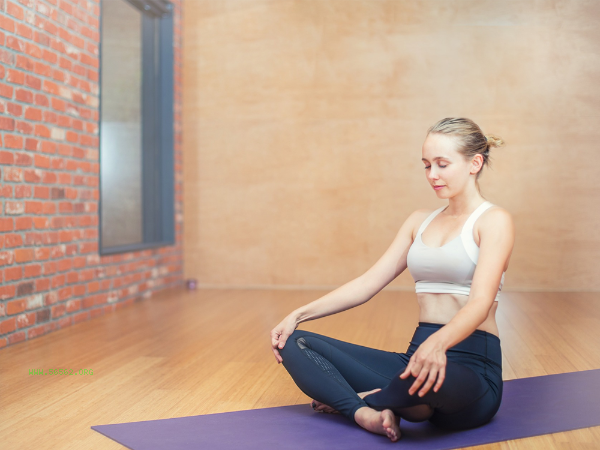The main exercises for exercising leg muscles at home include squats, lunges, wall squats, side lying leg lifts, and stair steps.

1. Squat
Squat is a basic movement for exercising the quadriceps and gluteal muscles in the front thigh. Stand with your feet shoulder width apart, slightly extend your toes, keep your back straight when squatting, keep your knees below your toes, and sit with your hips back until your thighs are parallel to the ground. When getting up, use your heels to exert force and avoid inward knee flexion. It can be done by hand or holding a mineral water bottle to increase weight.
2. lunge squat
lunge squat can specifically strengthen the strength of one side of the leg. The front and back legs are arched, the front leg knees are bent at a 90 degree angle, and the back leg knees are close to the ground but not touching it. Pay attention to keeping the torso upright and the center of gravity between the legs. You can alternate between front and back leg positions, or increase difficulty by holding heavy objects.
3. Wall squatting
Wall squatting has less pressure on the knee joint and is suitable for beginners. Slowly squat with your back against the wall until your thighs are parallel to the ground and your calves are perpendicular to the ground. Maintain this position for 30 seconds to 1 minute. This action can effectively enhance quadriceps endurance and improve knee joint stability.

4. Side lying leg lift
Side lying leg lift mainly exercises the outer thigh muscles. Lying on the cushion, with the lower arm supporting the head, and the upper leg extended and slowly lifted to 45 degrees before controlling the fall. Pay attention to maintaining pelvic stability and avoid tilting forward and backward, and use elastic bands to increase resistance.
5. Step Stepping
Using stairs or stable stools at home to step on steps can simulate the training effect of climbing stairs. When stepping on the steps with one foot, the other leg actively kicks up to maintain body balance without shaking. This action can enhance lower limb explosiveness, and it is recommended to alternate 10-15 times per group. Home leg training should focus on the quality of movements rather than quantity. Each movement should be completed in 3-4 groups, with 12-15 repetitions per group. Dynamic stretching and relaxation should be performed for 5-10 minutes before and after training to avoid muscle stiffness. Ensure high-quality protein intake in diet to help muscle repair, such as eggs, fish, etc. If there is persistent pain or discomfort in the knee joint, training should be paused and a professional rehabilitation therapist should be consulted.









Comments (0)
Leave a Comment
No comments yet
Be the first to share your thoughts!